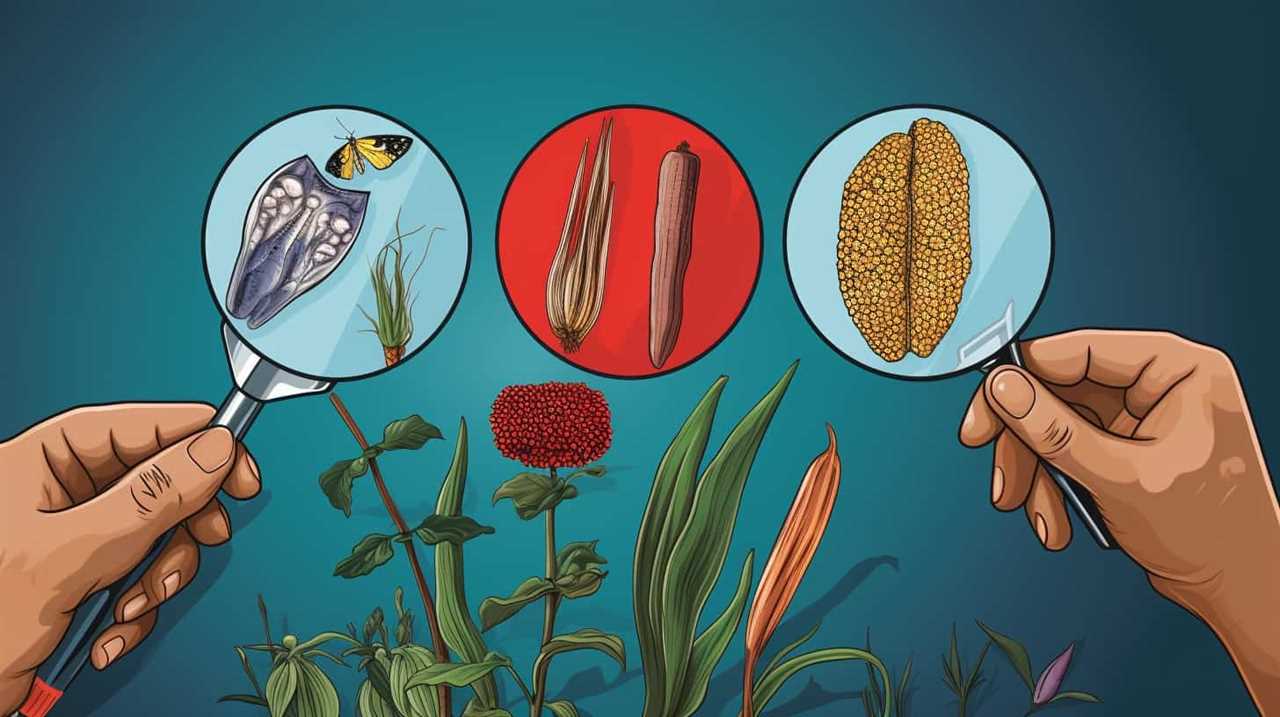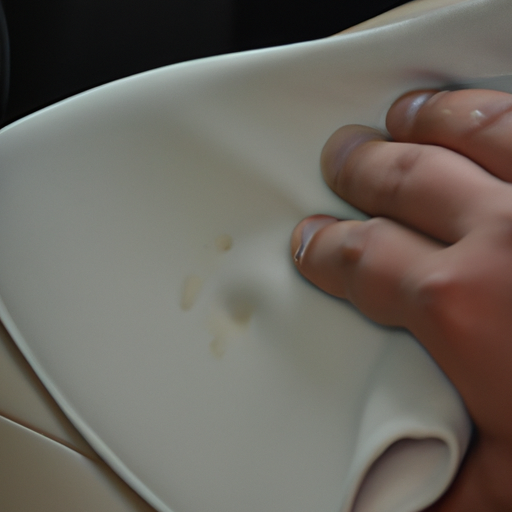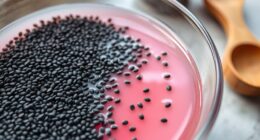We have discovered the perfect blend of nature and science, creating a natural approach to producing commercial seeds. By harnessing the power of the earth, we are able to grow high-quality seeds while minimizing our environmental footprint.
From soil preparation and fertility management to pest control and seed processing, we’ve mastered every step of the process.
Join us on this journey towards sustainable agriculture and experience the liberation that comes from nurturing the land and reaping its bountiful rewards.
Key Takeaways
- Soil preparation and fertility management techniques, such as soil testing, incorporating organic matter, crop rotation, and cover cropping, are crucial for organic seed production.
- Seed selection and breeding techniques, including seed purity testing, genetic diversity management, and careful selection of parent plants, are important for producing reliable, high-quality organic seeds.
- Integrated pest and disease control strategies, such as integrated pest management, organic disease control, cultural practices, and biological control, are essential for maintaining a healthy and resilient crop ecosystem in organic seed production.
- Efficient irrigation and water management practices, such as drip irrigation and precise water usage optimization, are necessary to conserve water, promote healthy plant growth, and maximize seed crop yield and quality in organic seed production.
Soil Preparation and Fertility Management
How can we effectively prepare the soil and manage fertility for commercial seed production using organic techniques?
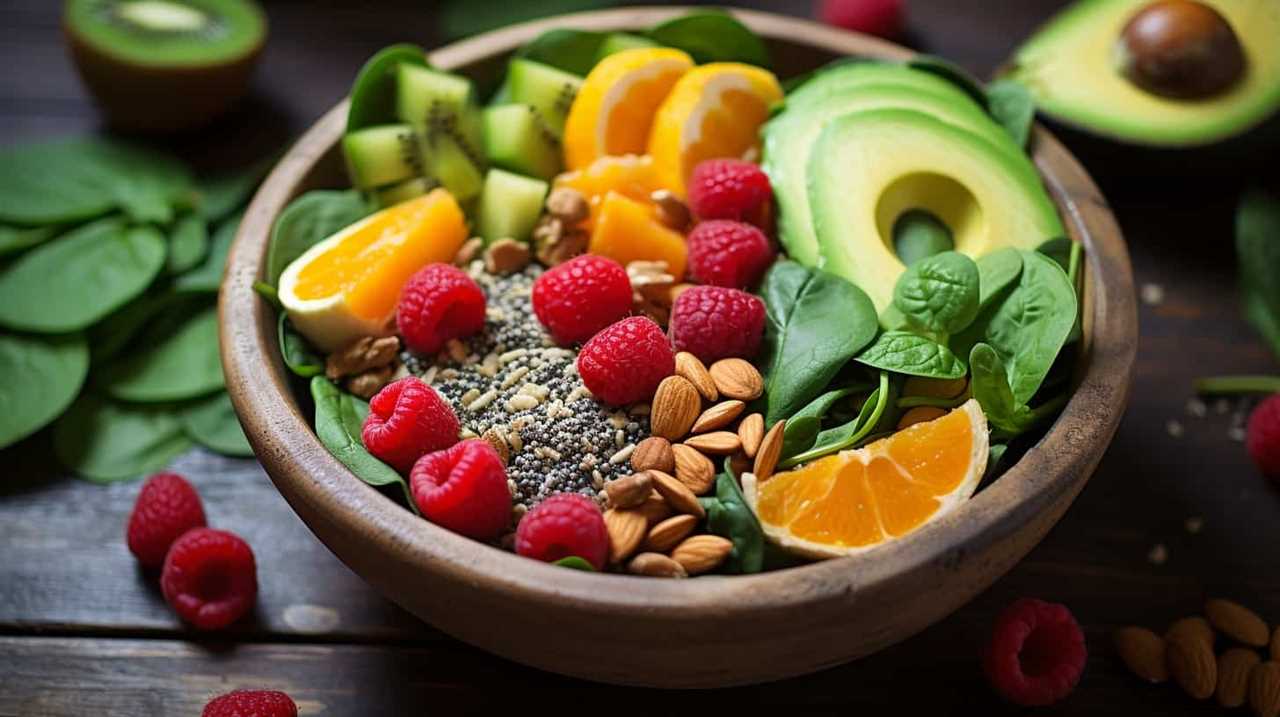
Soil testing and amendment, crop rotation, and cover cropping are essential practices in achieving optimal soil health and fertility.
Soil testing allows us to assess the nutrient levels and pH of the soil, providing valuable information for making informed decisions about soil amendments.
By incorporating organic matter such as compost or manure, we can improve soil structure, water retention, and nutrient availability.
Crop rotation helps to break pest and disease cycles, while also replenishing soil nutrients.
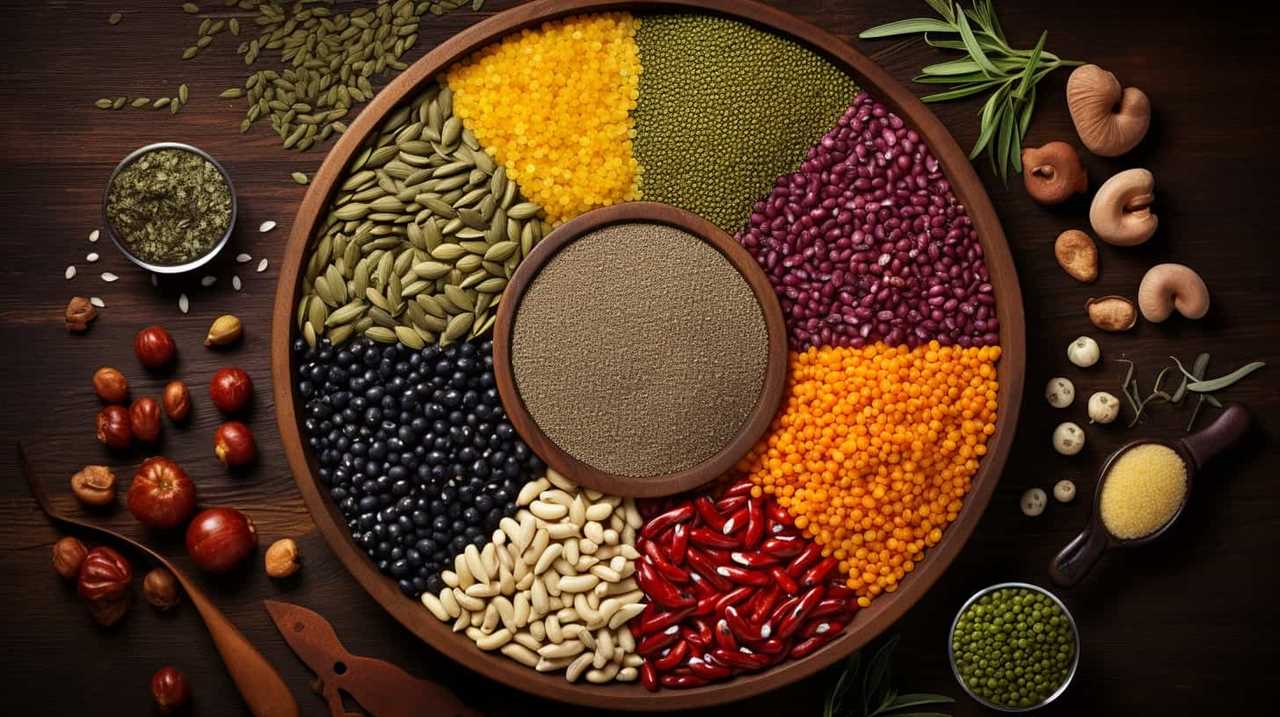
Additionally, cover cropping can further enhance soil fertility by fixing nitrogen, suppressing weeds, and preventing erosion.
Seed Selection and Breeding Techniques
We routinely utilize careful seed selection and breeding techniques in our organic commercial seed production. Seed purity testing plays a crucial role in ensuring that the seeds we produce are of high quality and free from contaminants. Through this process, we can determine the genetic purity of our seeds and maintain the integrity of our organic varieties.
Genetic diversity management is another important aspect of our breeding techniques. We strive to preserve and enhance the genetic diversity within our seed populations, as this promotes resilience and adaptability in our crops. By carefully selecting parent plants with desirable traits, we can create new varieties that are well-suited to organic farming practices.
Our commitment to seed selection and breeding techniques allows us to provide farmers with reliable, high-quality organic seeds that contribute to sustainable agriculture.

Pest and Disease Control Strategies
To effectively manage pests and diseases in our organic commercial seed production, implementing proactive control strategies is essential. Integrated pest management (IPM) is a holistic approach that combines various techniques to prevent and control pests and diseases while minimizing the use of synthetic chemicals. Organic disease control strategies focus on building a healthy and resilient crop ecosystem that can naturally resist diseases. This involves crop rotation, which disrupts the life cycle of pests and diseases, and the use of resistant varieties. Additionally, cultural practices such as proper sanitation, regular monitoring, and timely removal of infected plants are crucial. Biological control, through the introduction of beneficial insects or microbes, can also help maintain a balanced ecosystem. The table below outlines some effective control strategies for common pests and diseases encountered in organic seed production.
| Pest/Disease | Control Strategies |
|---|---|
| Aphids | Introduce ladybugs, use reflective mulches, apply insecticidal soap |
| Powdery Mildew | Provide adequate spacing, improve air circulation, apply sulfur-based fungicides |
| Tomato Hornworm | Handpick and destroy, introduce parasitic wasps, use floating row covers |
| Early Blight | Rotate crops, practice good sanitation, apply copper-based fungicides |
Implementing these organic disease control strategies in our commercial seed production will help us maintain high-quality crops while staying true to our commitment to organic and sustainable practices.
Irrigation and Water Management
Implementing efficient irrigation and water management practices is crucial for maintaining the health and productivity of our organic commercial seed production. In order to conserve water, we employ various water conservation methods such as drip irrigation systems.
Drip irrigation delivers water directly to the plant roots, minimizing evaporation and ensuring that water is used efficiently. This method reduces water waste and promotes healthy plant growth. Additionally, it helps to prevent weed growth and disease by targeting water delivery only to the plants, rather than irrigating the entire field.

By using drip irrigation systems, we can optimize water usage and reduce our environmental impact, while still ensuring the proper hydration of our seed crops. With effective water management, we can maximize the yield and quality of our organic seeds.
Moving forward, let’s explore the next section about harvesting and seed processing methods.
Harvesting and Seed Processing Methods
Utilizing efficient harvesting and seed processing methods is essential for optimizing the quality and yield of our organic commercial seed production.
To ensure the longevity of our seeds, proper seed storage methods must be employed. Seeds should be stored in a cool, dry place to maintain their viability.
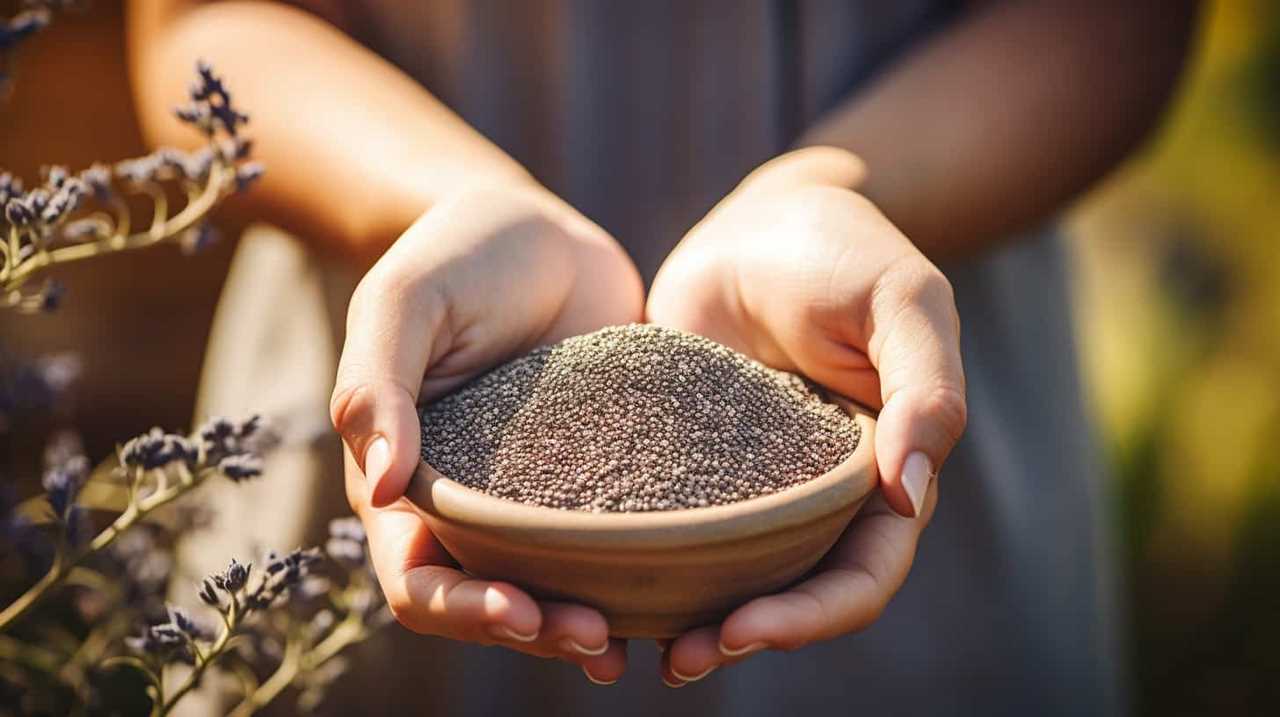
It’s crucial to assess seed quality before storage to identify any potential issues that may affect germination and vigor. Various techniques can be utilized for seed quality assessment, including physical and physiological tests.
Physical tests involve examining the size, weight, and appearance of the seeds, while physiological tests assess factors such as germination rate and vigor.
Conclusion
In conclusion, organic techniques for commercial seed production require careful attention to:
- Soil preparation
- Fertility management
- Seed selection and breeding techniques
- Pest and disease control strategies
- Irrigation and water management
- Harvesting and seed processing methods
By implementing these practices, farmers can ensure the production of high-quality organic seeds that are free from synthetic chemicals and genetically modified organisms.
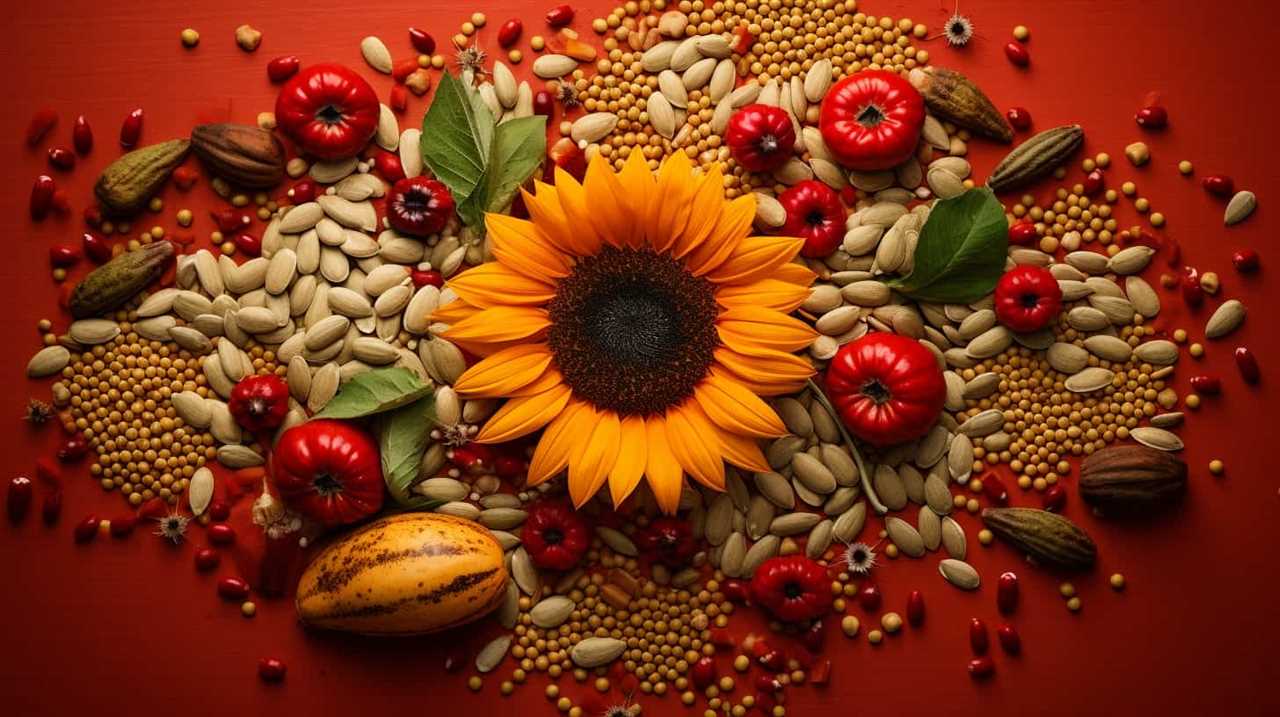
With a commitment to sustainable and environmentally friendly farming practices, the future of organic seed production looks promising.




